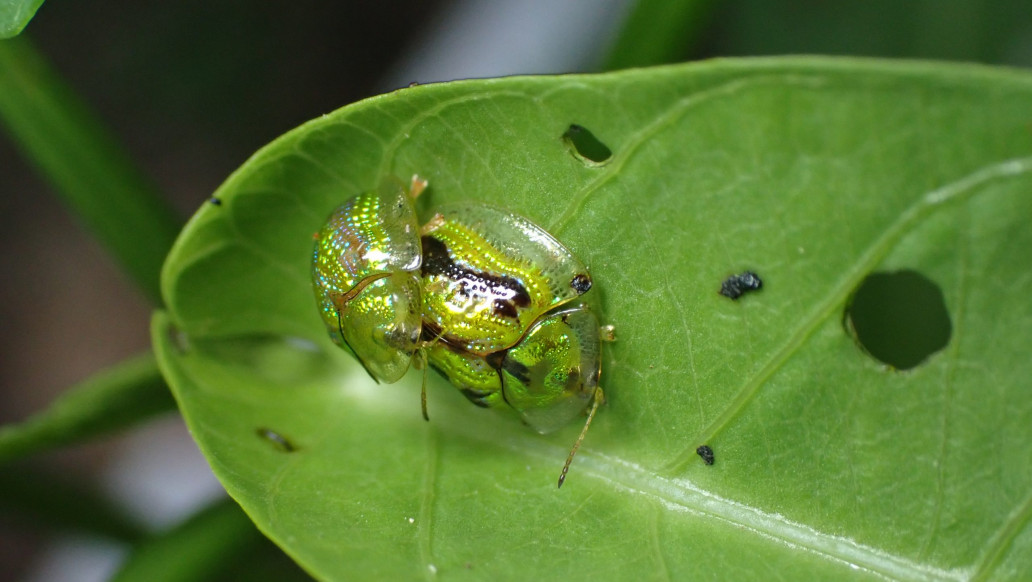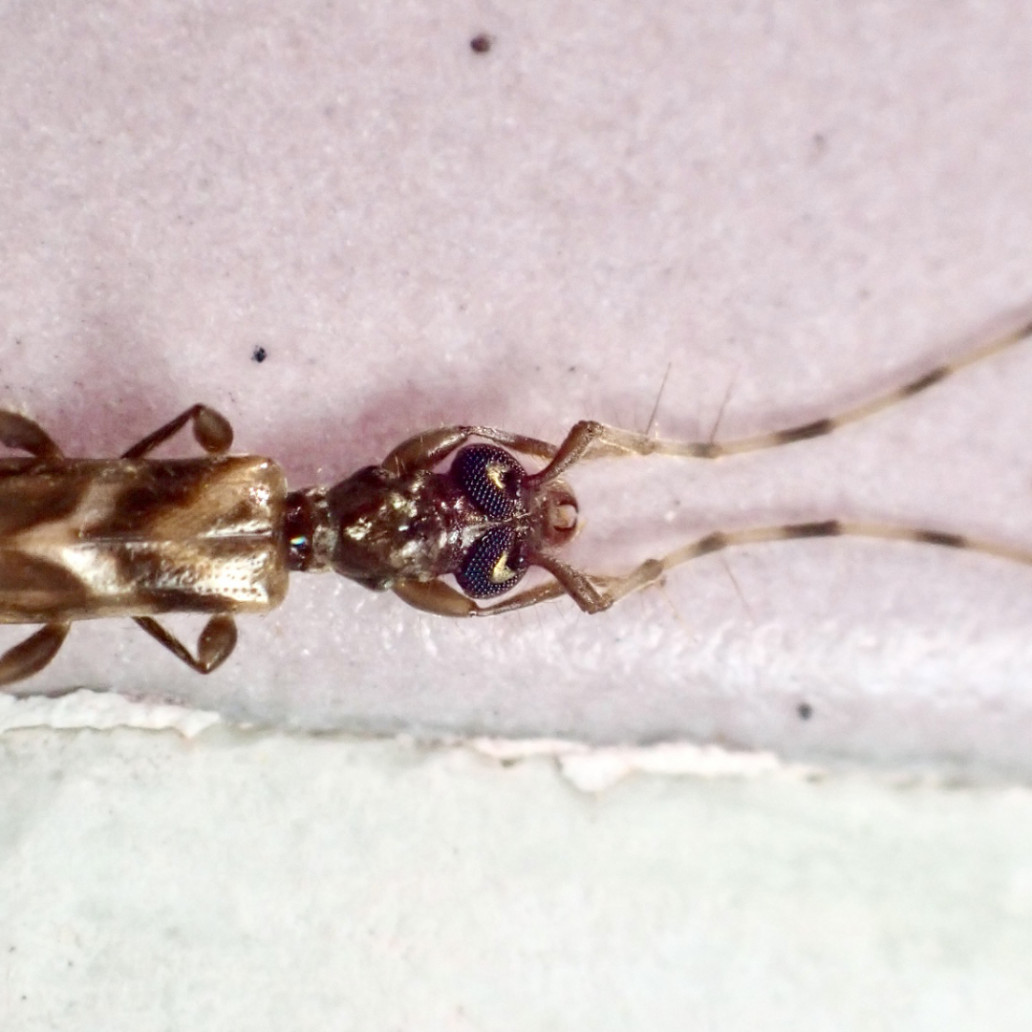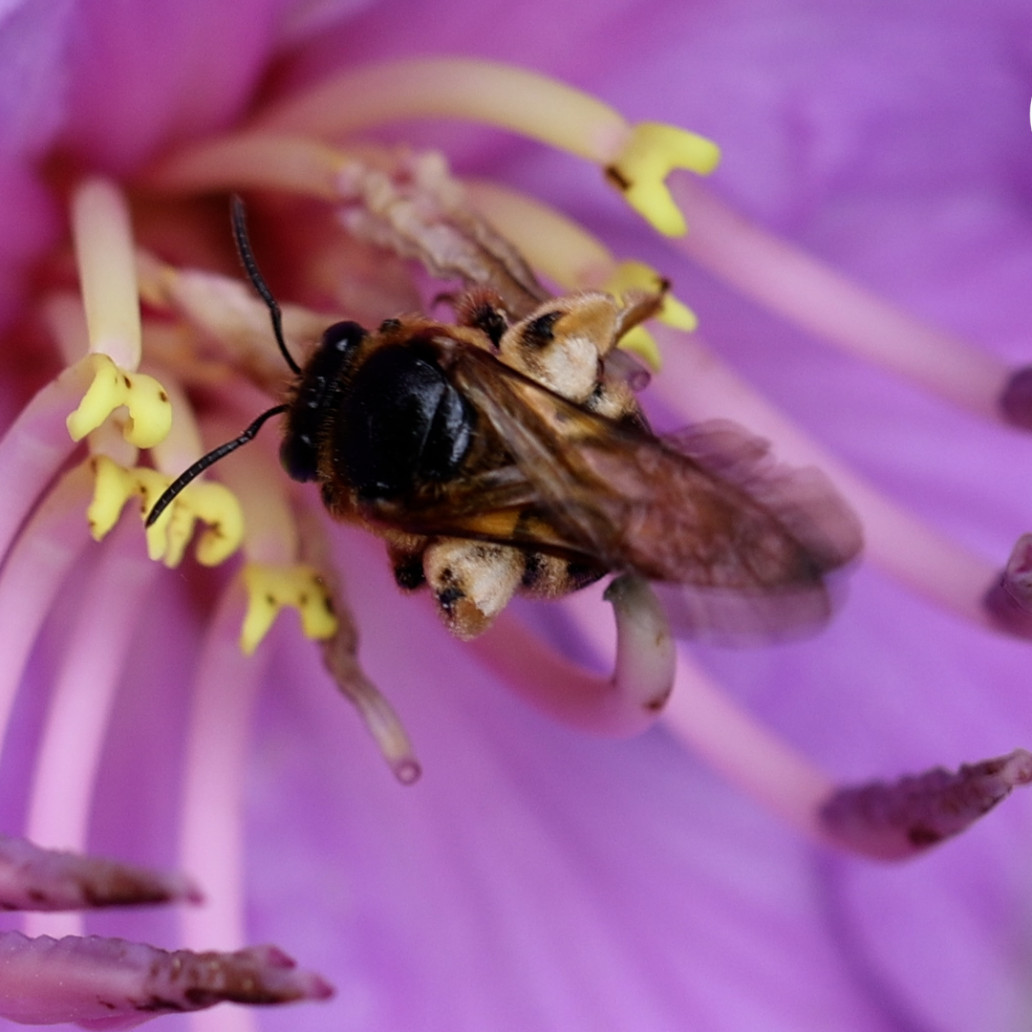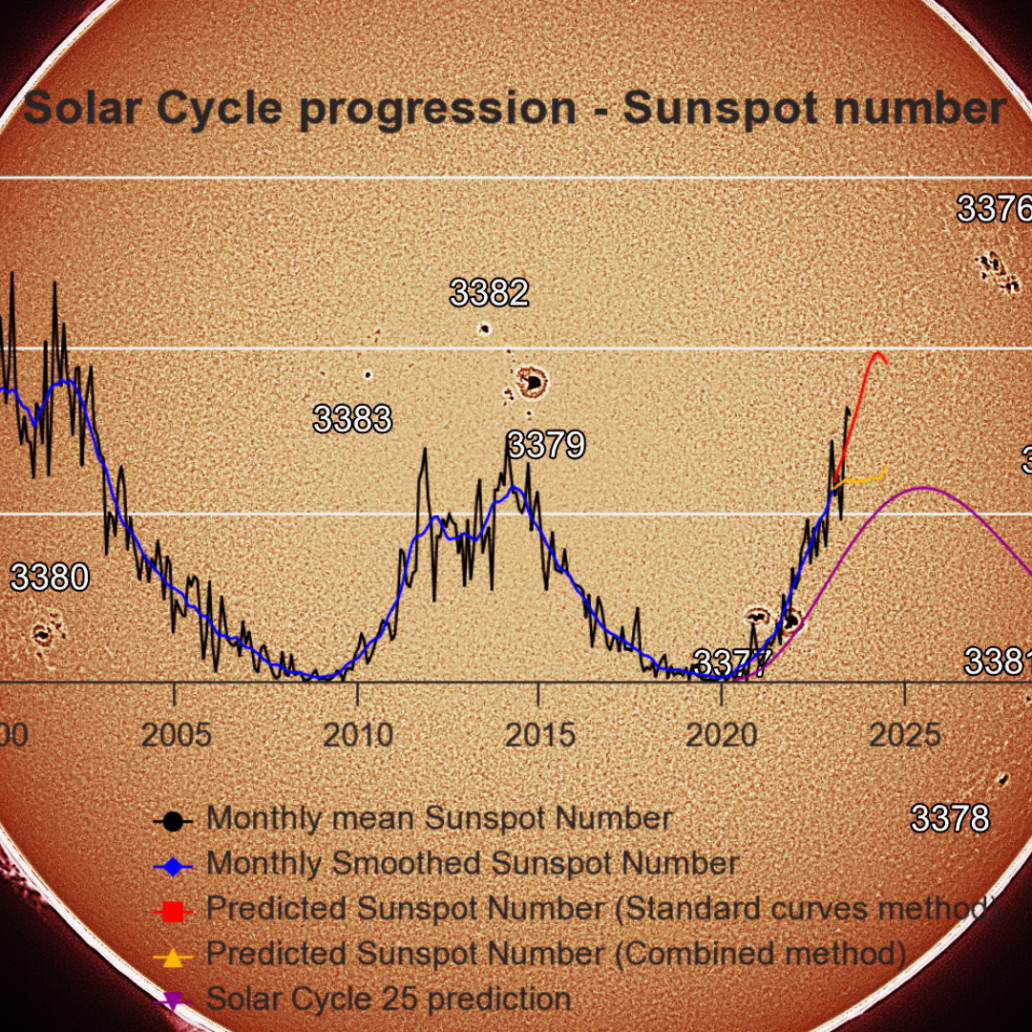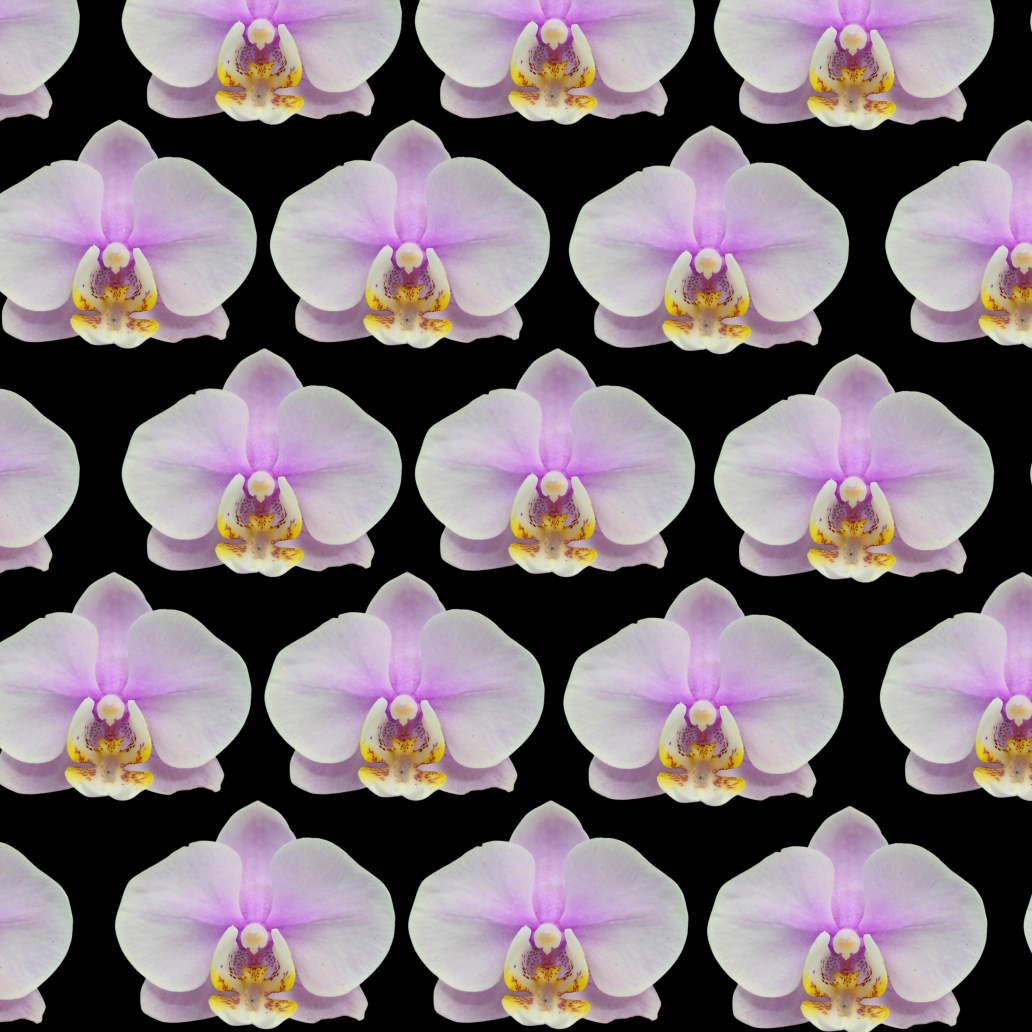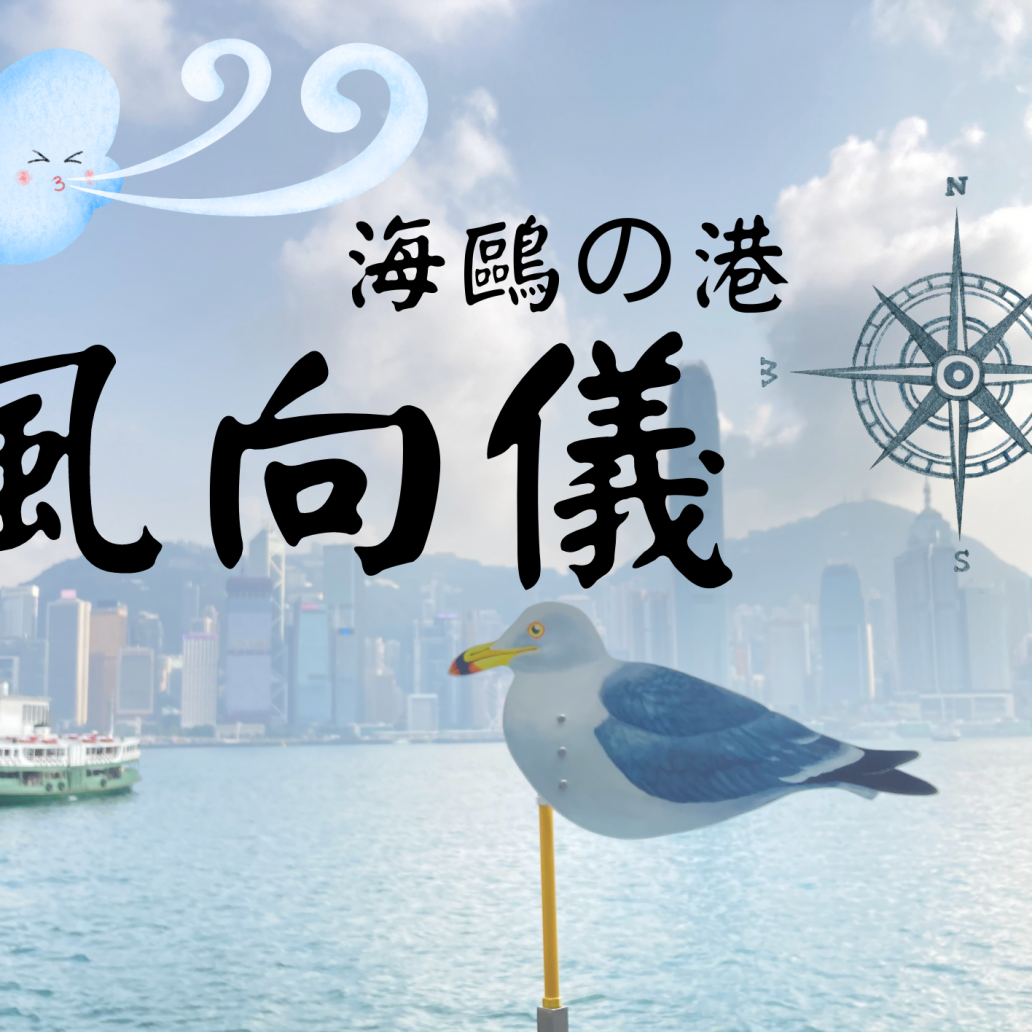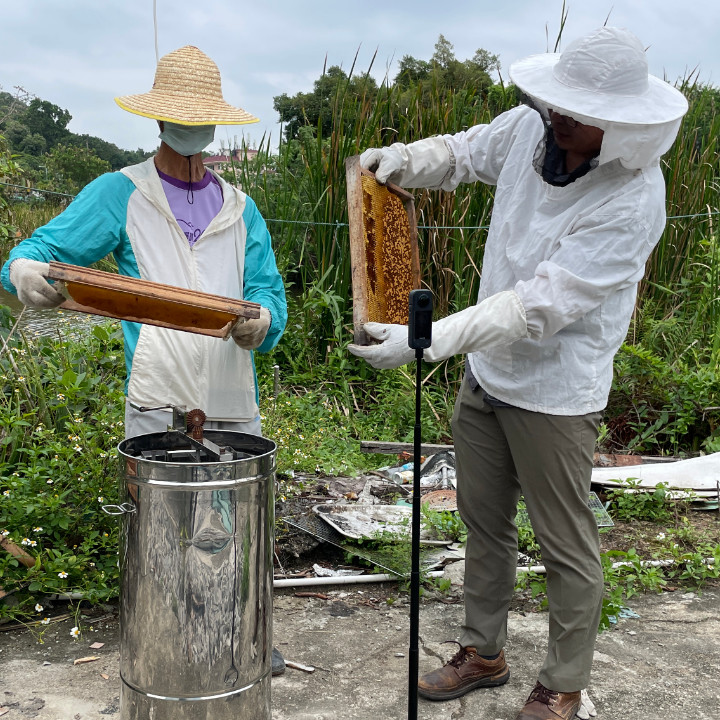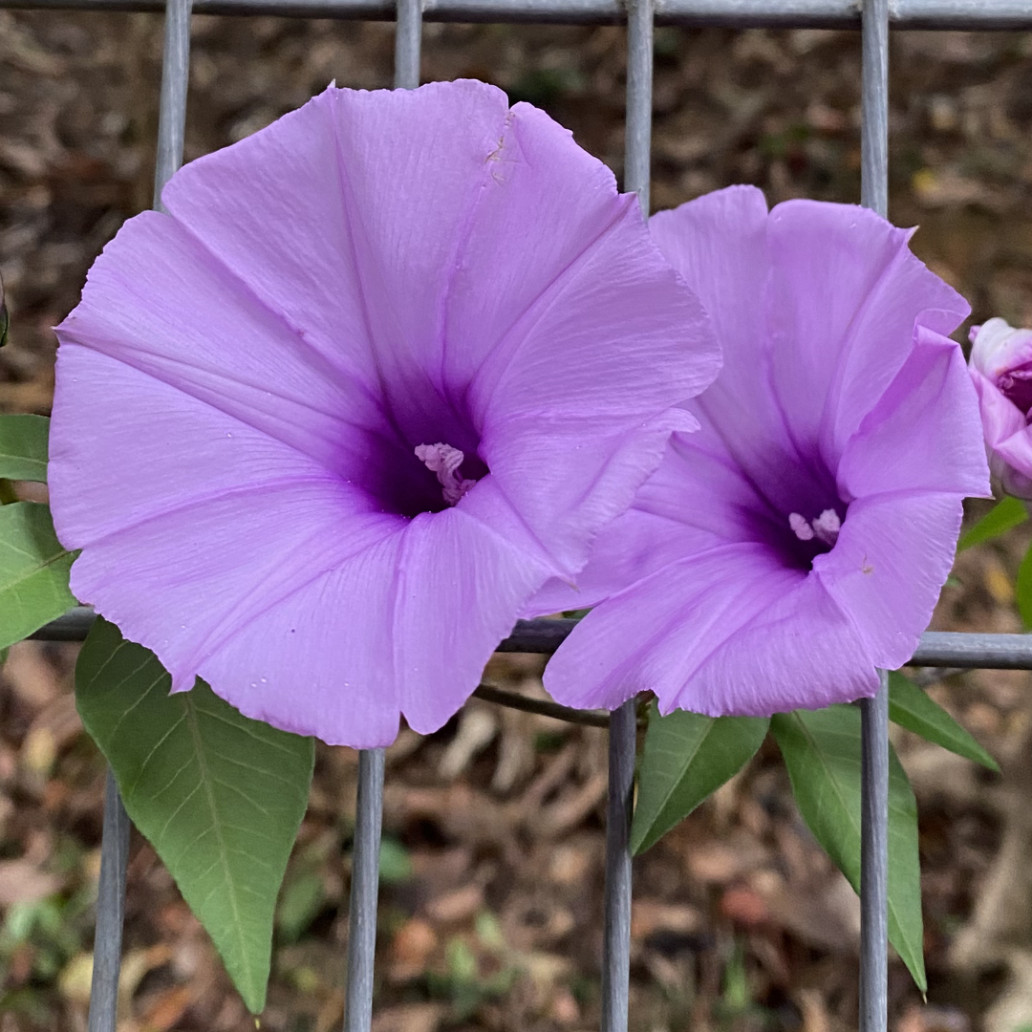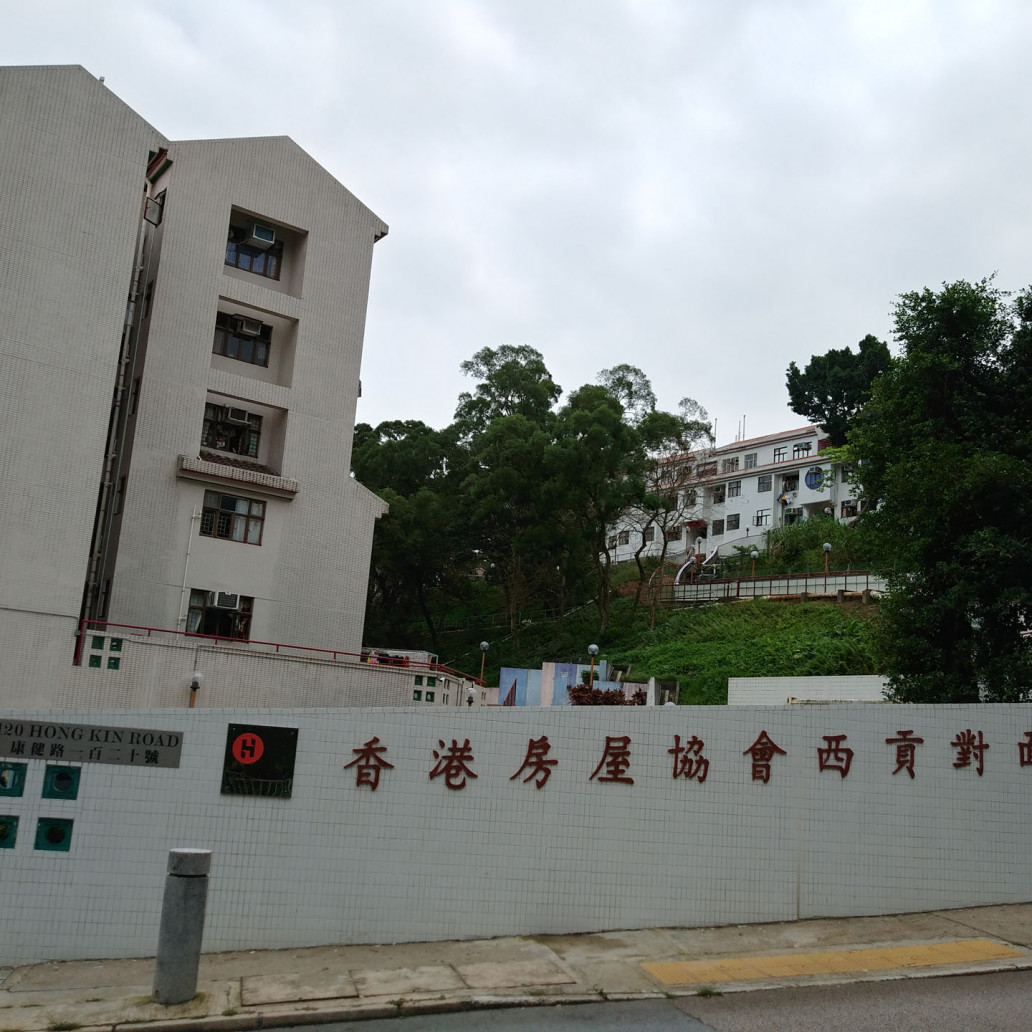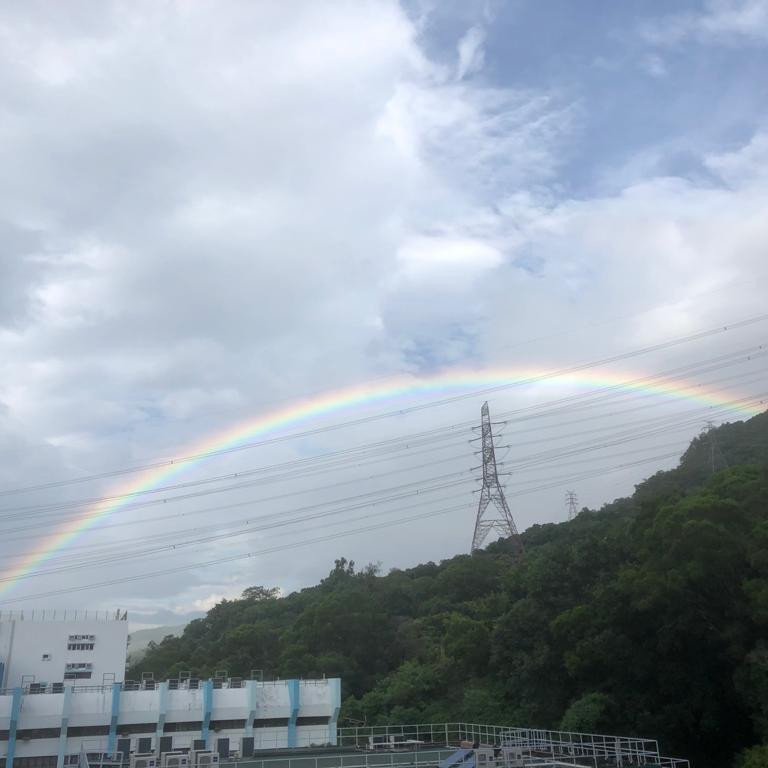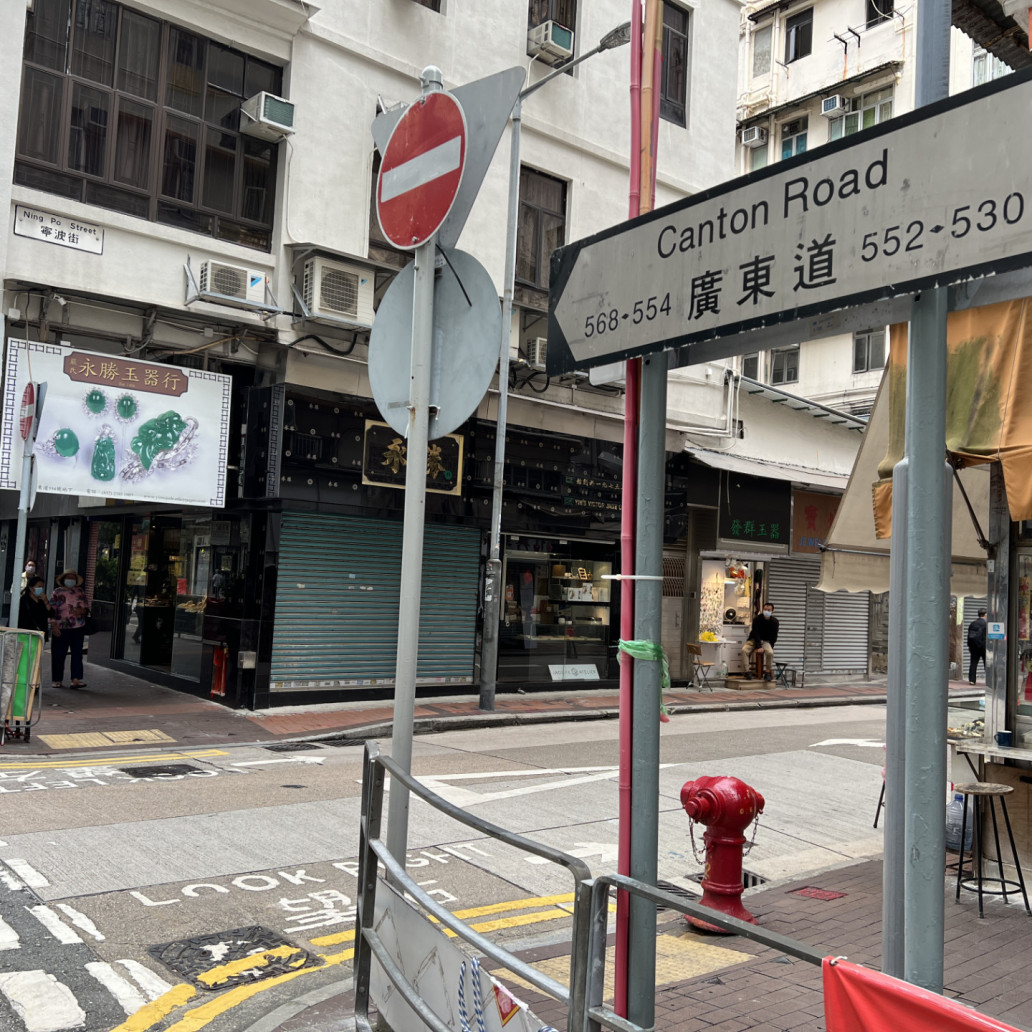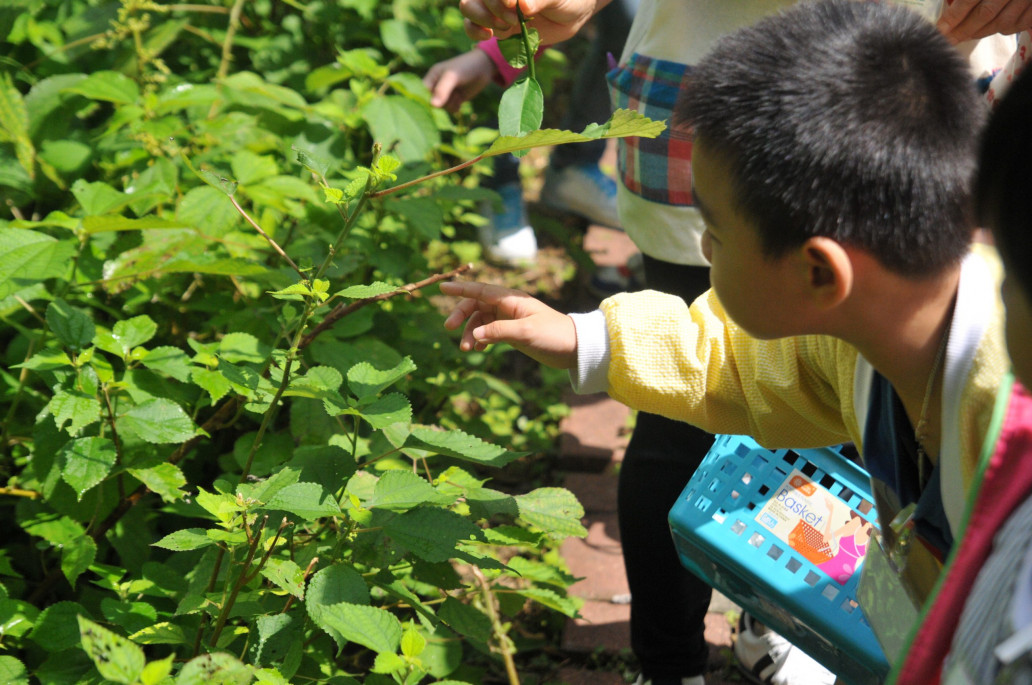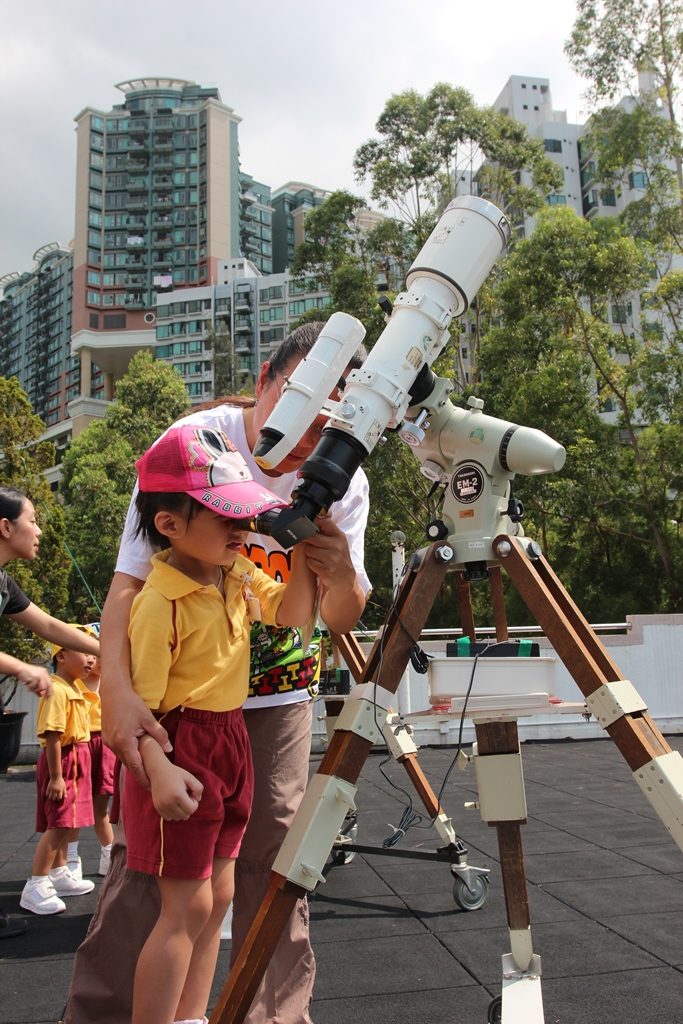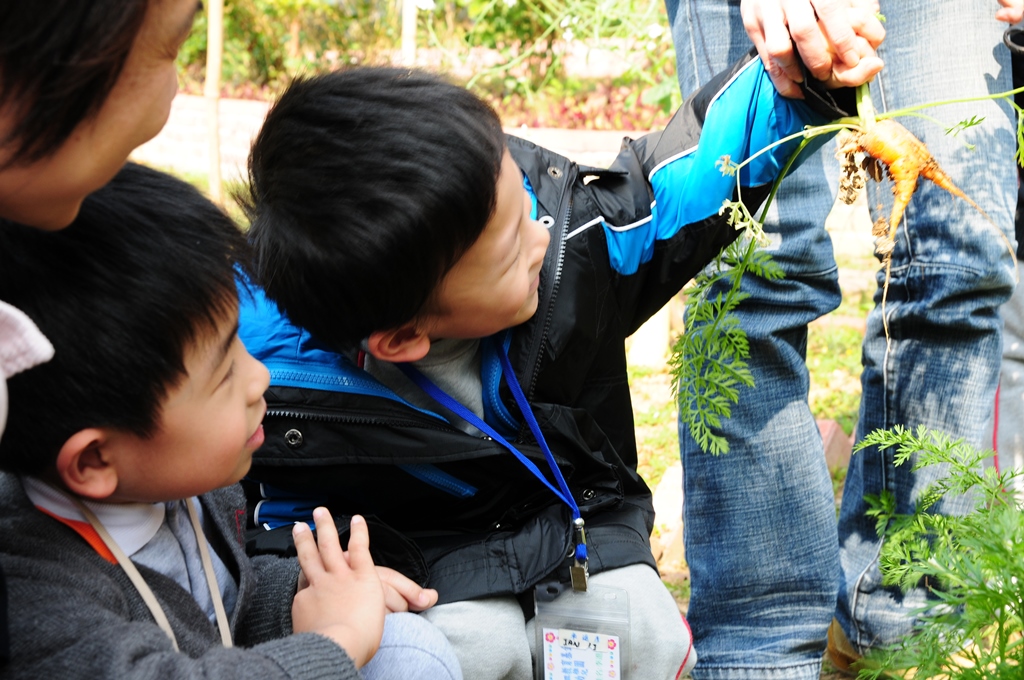色彩閃亮的甘薯台龜甲
二零二四年六月 第二期
色彩閃亮的甘薯台龜甲
我們常常提及的甲蟲在生物分類來說,是屬於鞘翅目的昆蟲。而在昆蟲種類中,有一半都是甲蟲,為昆蟲綱最大的分類 「目」。
在香港有記錄的甲蟲之中,有一種類的甲蟲,身上都會長出閃閃生光的顏色,而且體型細小(香港常見的品種身長約 4毫米至10毫米之間),喜愛吃植物,牠們就是龜甲。
而在香港最常見的龜甲,便是甘薯台龜甲。牠們外型圓圓的,背甲有透明的部份,也有像金屬般的青綠色,部份龜甲背上有呈「U」字的黑斑,部份則沒有。
甘薯台龜甲喜歡吃番薯和蕹菜的葉片,所以種菜的農夫看見牠們是應該會很煩惱吧!不過龜甲的出現,說明了農場應該很健康。只要農夫做好農場的管理,甲蟲和我們也可安心吃菜了。
初階環境教育
孫嘉雯老師
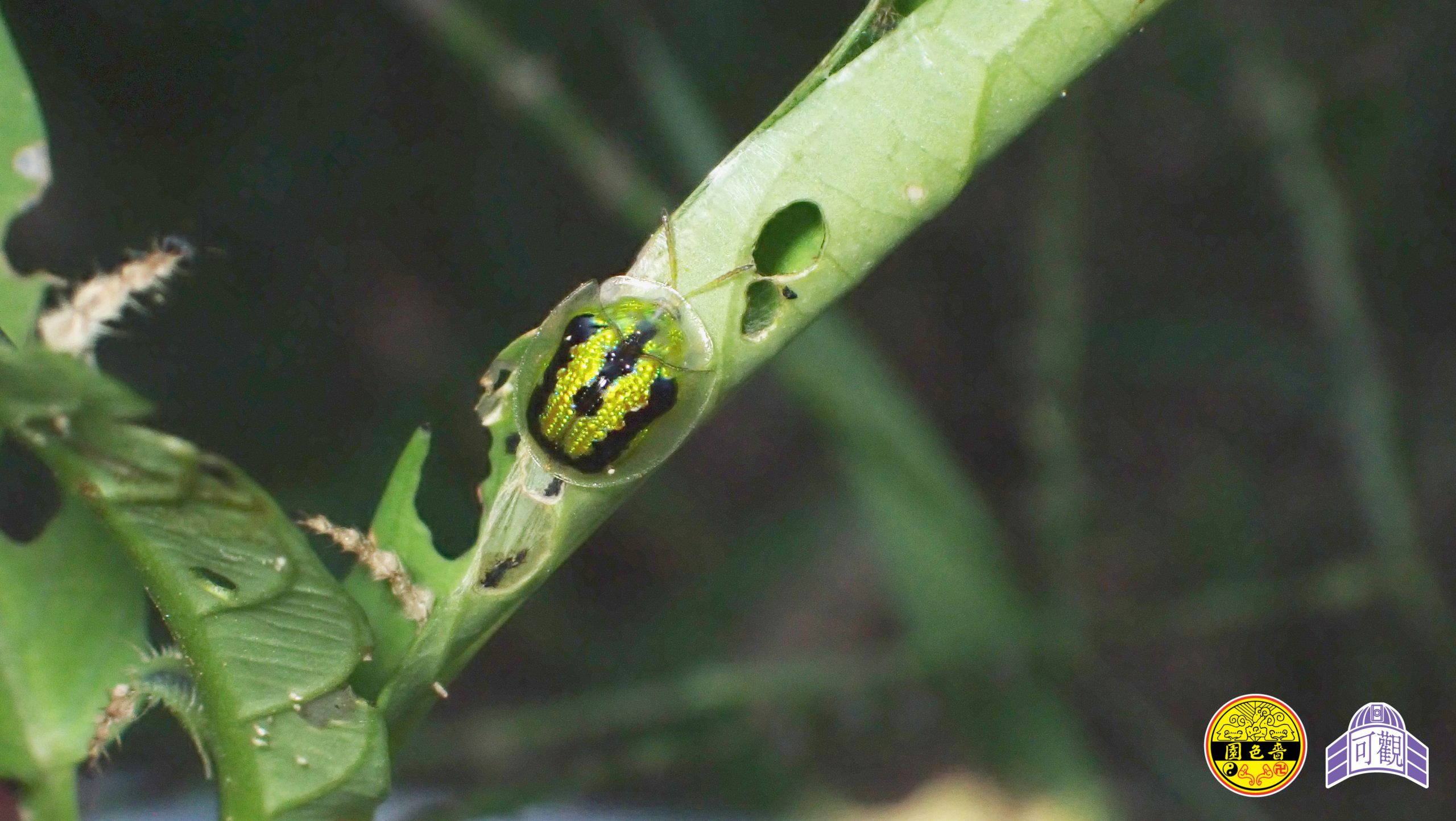 甘薯台龜甲(有U型黑斑)
甘薯台龜甲(有U型黑斑)
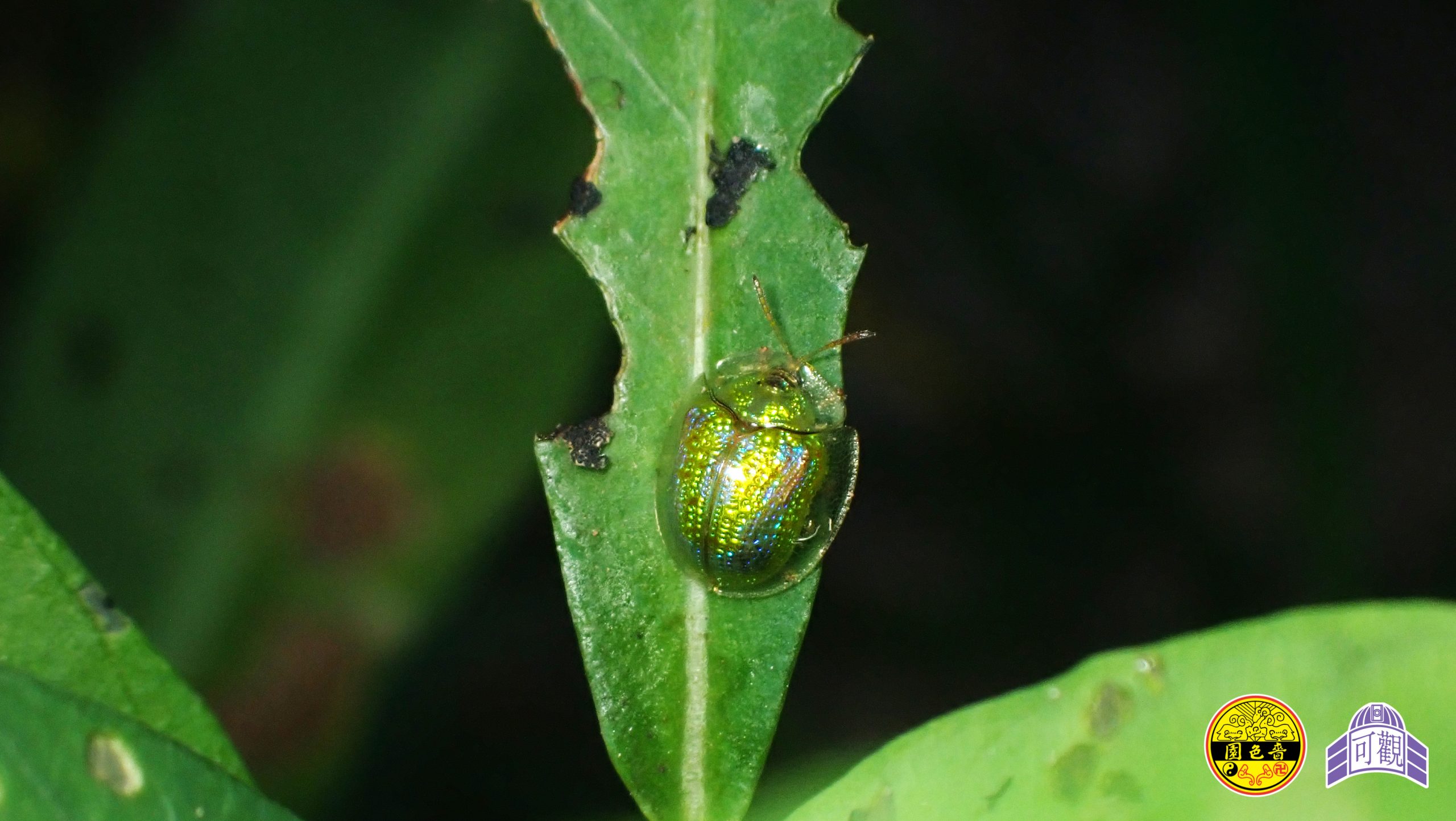 甘薯台龜甲(沒有黑斑)
甘薯台龜甲(沒有黑斑)
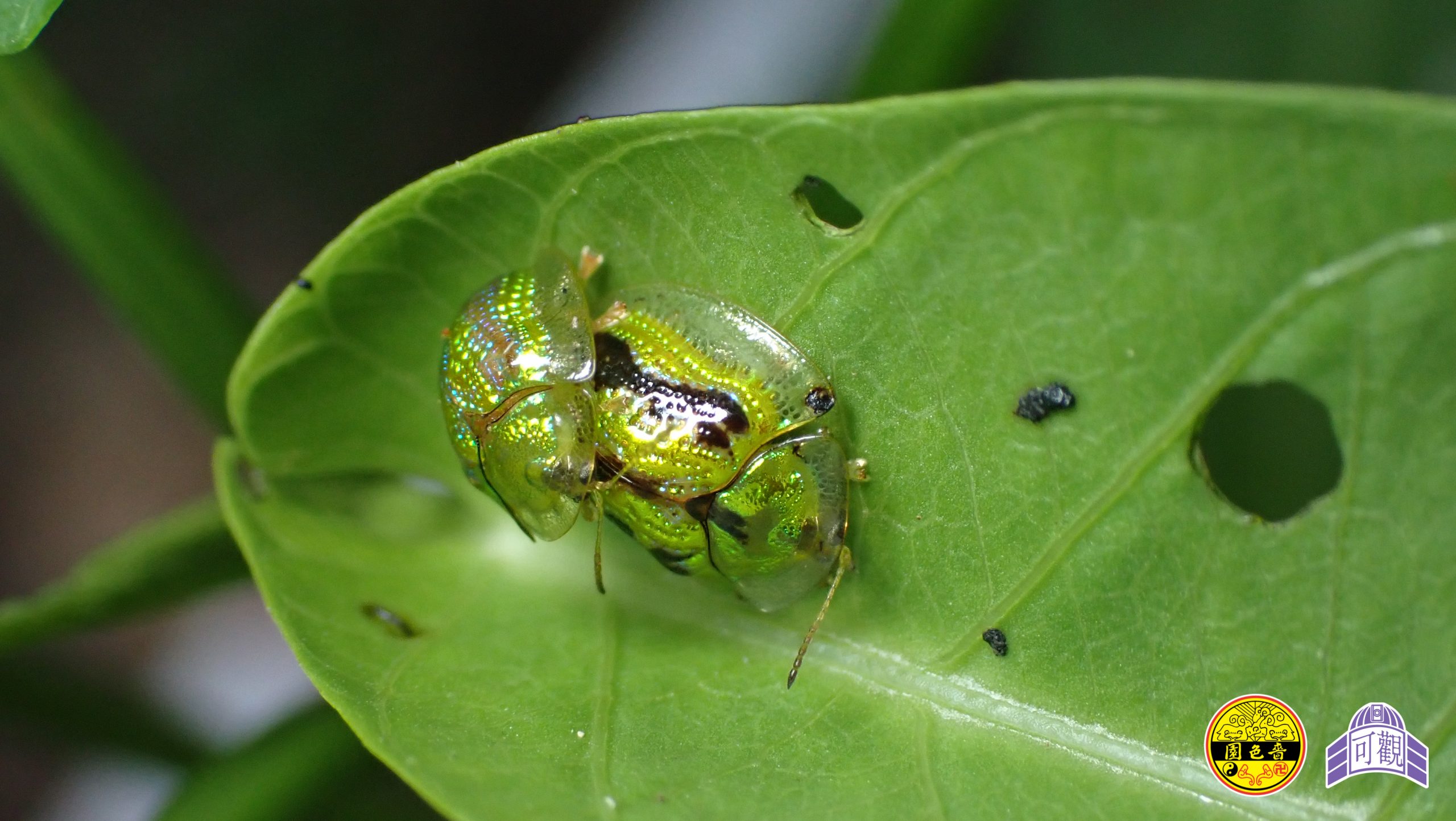 甘薯台龜甲交配情況
甘薯台龜甲交配情況
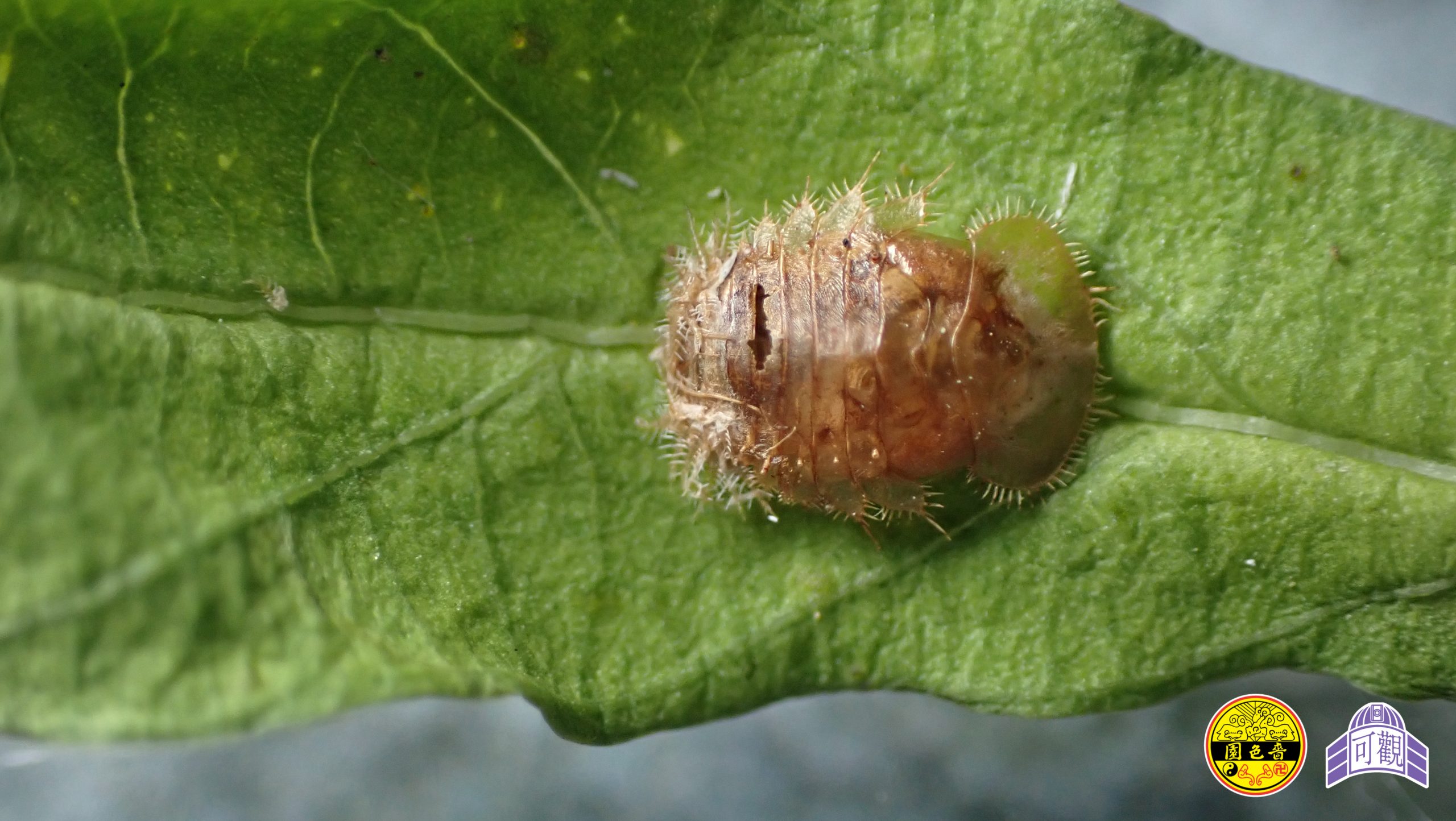 甘薯台龜甲的脫皮
甘薯台龜甲的脫皮
參考書目:
饒戈、葉朝霞,《香港甲蟲圖鑑》,2011 。香港昆蟲學會。
Related News
- 1
- 2
2024-2025年度 初階環境教育課程報名(已完滿結束)
| 課程對象: | K1 ﹣K3 |
| 課程時間: | 每節約 2小時(上午 10:00 – 12:00 或下午 14:00 -16:00) |
| 參加人數: | 每節最少30人,最多 40人,隨隊老師或義工名額最多7位 |
| 課程費用: | 費用全免,來往本中心的交通由參與學校安排。 |
| 報名日期: | 2024年6月12日(星期三)上午10時正 – 2024年6月26日(星期三)下午1時正 |
| 取錄方法: | (a) 以電腦隨機方式抽籤處理申請。
(註:抽籤過程會將過往未獲編配課程的學校優先處理。由於取錄形式以隨機方式編配,報名先後次序不會影響取錄機會。) (b) 成功申請者將於2024年7月5日(星期五)或之前獲發信通知。 |
| 申請方法: | 請登入 https://www.fieldstudy.edu.hk/kg/index.php 後,於網上報名。
註:每間學校的申請不可多於三個課節 |
| 查 詢: | 如有查詢,請致電2413 7122。 |
| 課程內容: | 有關課程資料可瀏覽本中心網頁 http://www.hokoon.edu.hk/category/courses/elementary/ |
所有課程於 2024年 6 月 12 日上午 10:00 開始報名,敬請各位留意 !
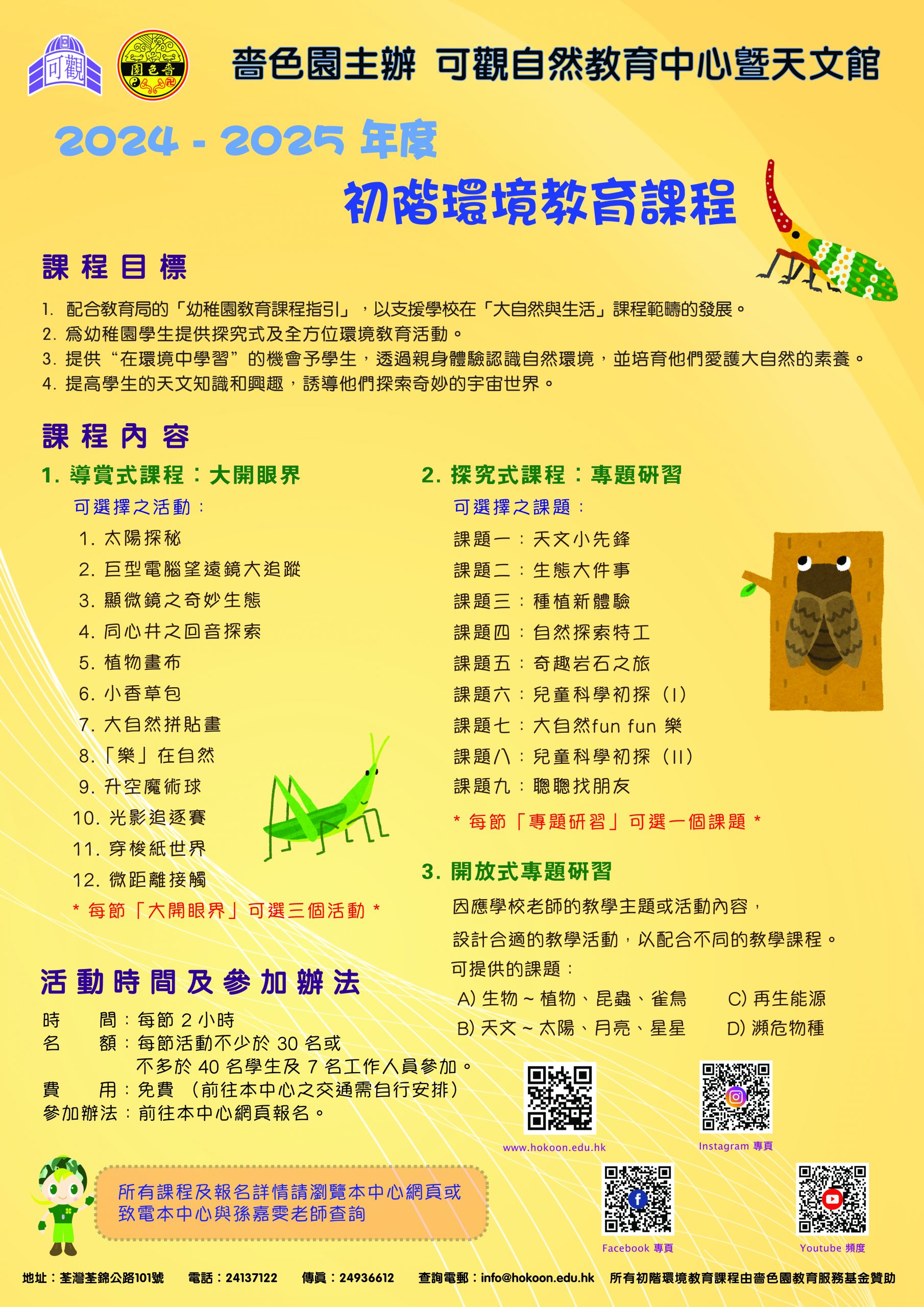

Explanatory Guided Course: Widening Your Horizon
Related Courses
Course Objectives:
-
In line with the “Nature and Life” of kindergarten curriculum, HKNEAC provides inquiry-based and comprehensive environmental education courses.
-
Allowing students to develop their curiosity and creativity in exploring interesting things in their daily lives and natural environment.
-
Improving students’ scientific exploration and problem-solving skills.
-
Raising students’ awareness of the living environment and their love for nature.
-
Increasing students’ knowledge and interest in astronomy, and motivating them to explore the wonderful universe.
Target: Students aged 6 or above
Number of Participants: Maximum 40 students per session
Duration: Approximate 2.5 hours per session (9:30am – 12:00nn or 2:00pm – 4:30pm)
Charge: Free of charge (Sponsored by Sik Sik Yuen Education Service Fund).
Remarks: Each school may apply for no more than 6 courses.
Application: All schools in Hong Kong will receive a course registration notification letter in late August each year so that they can apply for the courses of the following year.
Explanatory Guided Course: Widening Your Horizon
Theme 1: The Exploration of the Sun
~ What does the sun look like? Does he get angry? Does he know how to walk? How do we visit him? Let’s take part in the Sun Quest Classroom to find out the answers!
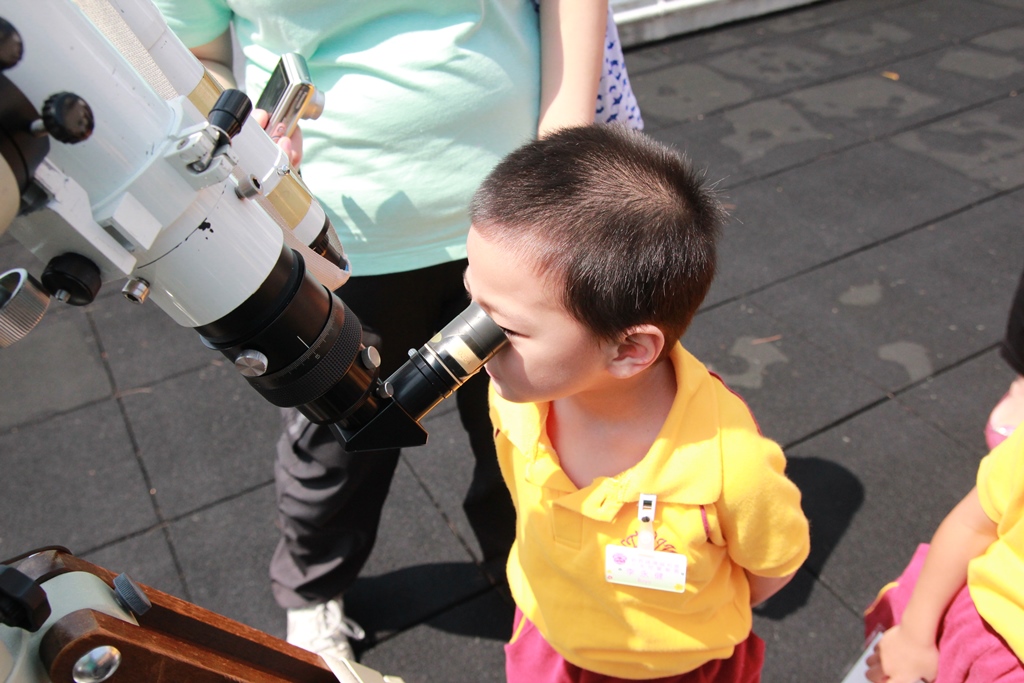
Theme 2: Explore the Universe through the Telescope
~ By playing the role of a little operator of the Astronomical Centre, the students try to operate the large computerized astronomical telescope to experience how it feels like to be a future space explorer.
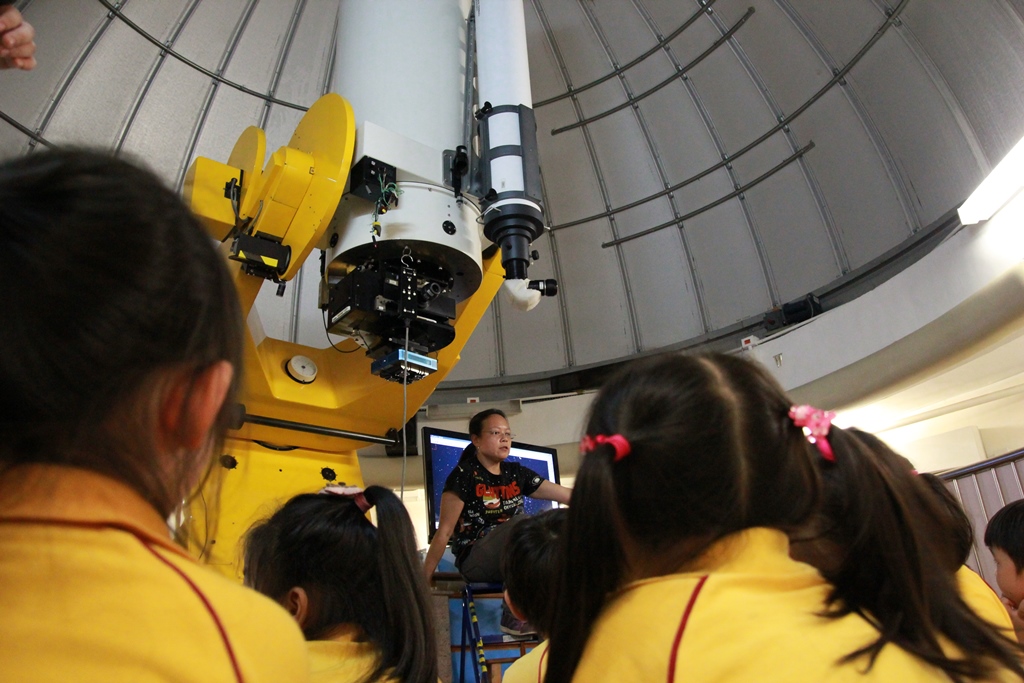
Theme 3: The Micro-World
~ The microscope leads the students into the magnified biological world, where we see many tiny creatures turning into giants and displayed in front of the students.

Theme 4: Echo through the Well
~ How does sound travel? Can students play with the sound? Let’s walk into this well together to find out the secret of the sounds!
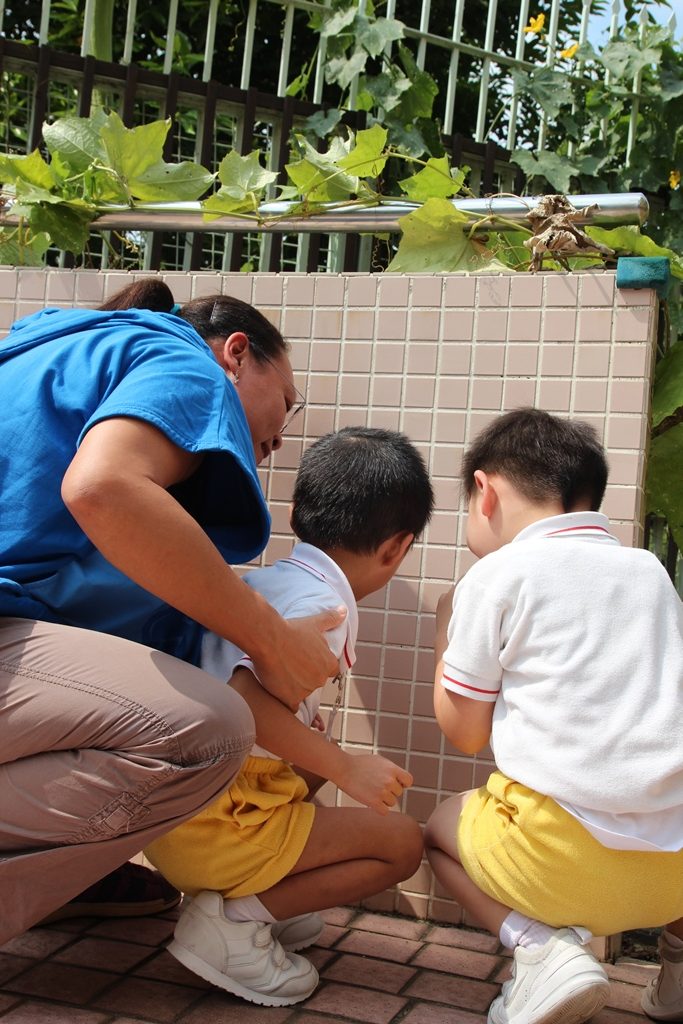
Theme 5: Plant Handkerchief:
~ How do we make a beautiful handkerchief out of plants? Let’s use the leaves and petals to create beautiful patterns on the handkerchief.
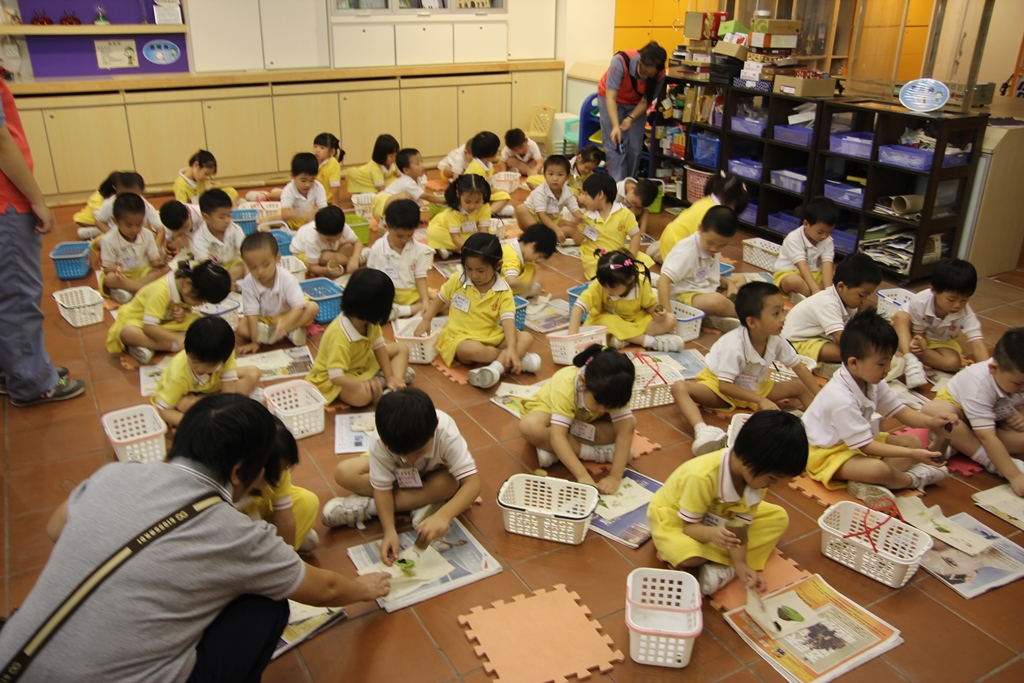
Theme 6: Little Herbs Bag
~ Some plants can emit bursts of fragrance. Let’s use herbs to make a little bag that disseminates a nice and fresh smell.

Theme 7: Nature Painting
~ Students look for various types of natural materials, place them together to form beautiful pictures, and bring their creativity into full play.
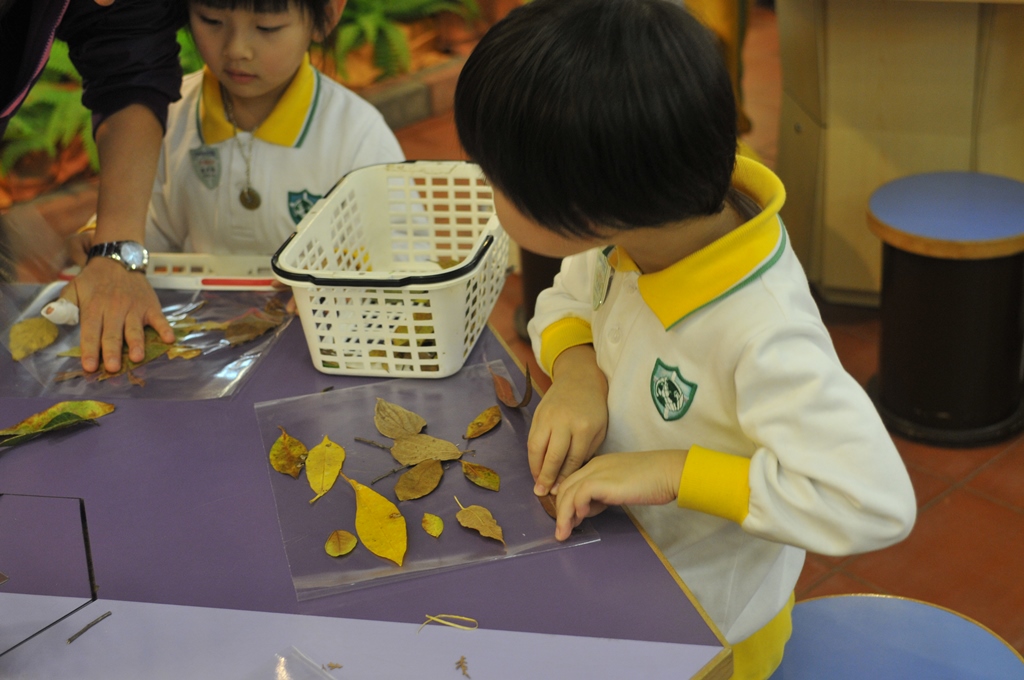
Theme 8: Music in Nature
~ Can we find musical instruments in nature? Let’s sing along with the wonderful sounds we find in nature and enjoy the beauty of human and natural sounds.
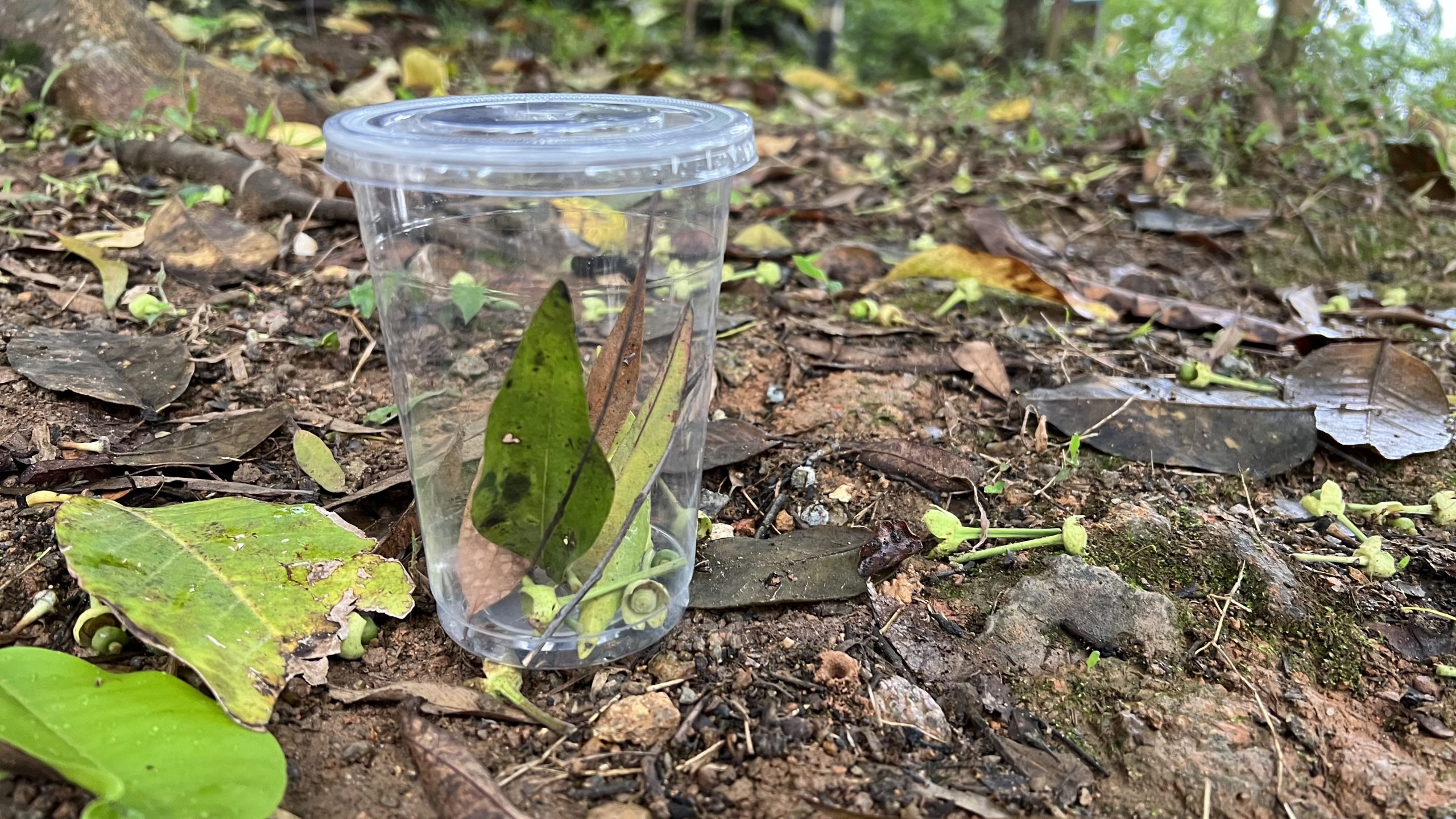
Theme 9: Magic Ball in the Air
~ How does the wind keep a Styrofoam ball in the air? Let’s learn a magic trick to find out the secrets!
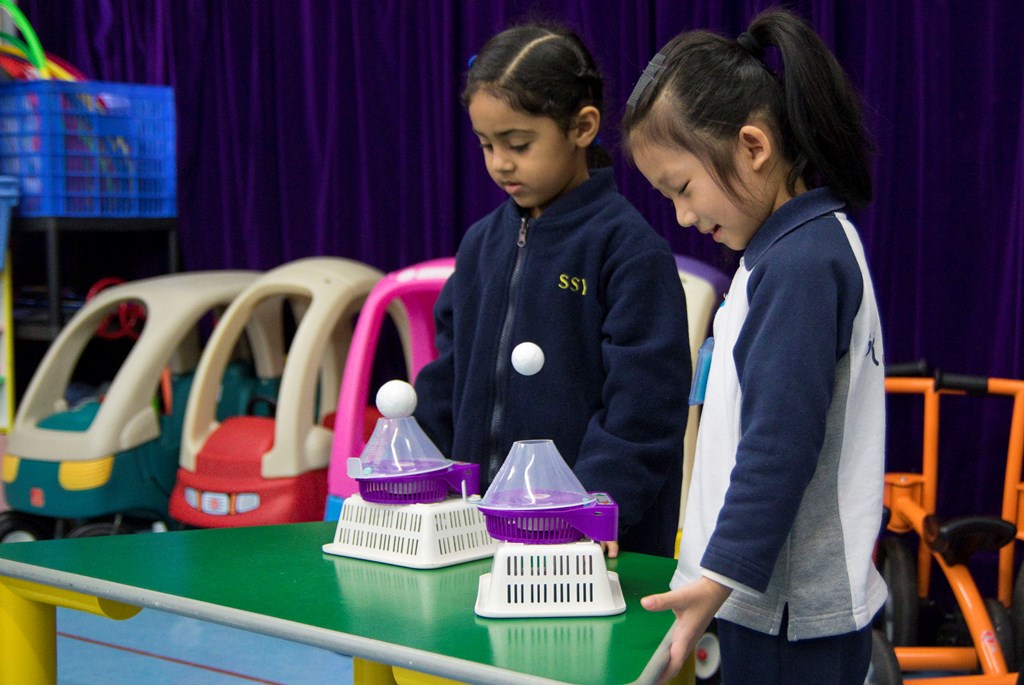
Theme 10: Chasing Light and Shadow
~ How does a light and shadow trick help students gain knowledge? Let’s learn about it together through some fun activities!
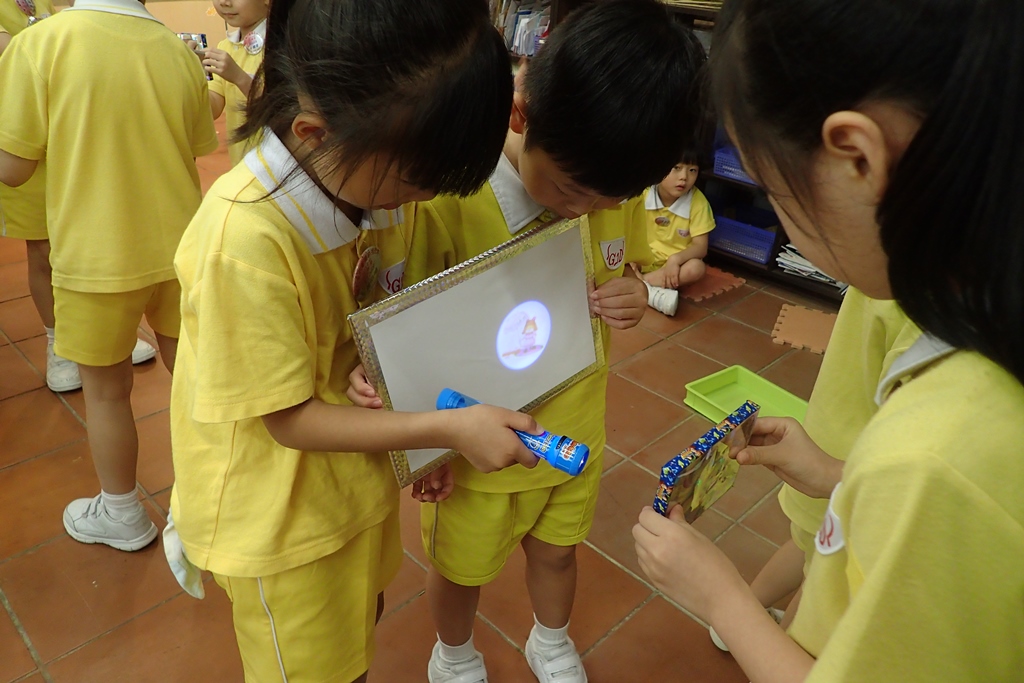
Theme 11: Through the Paper World
~ Let’s walk into the world of paper and learn some fun facts about paper through a series of mini-games.
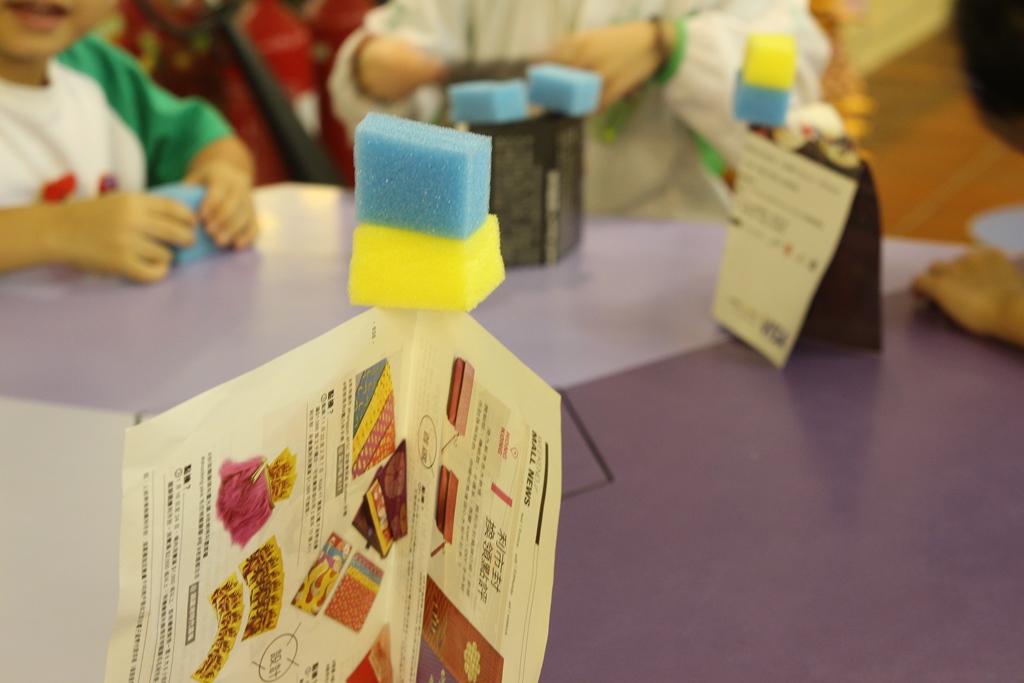
Theme 12: Welcome to the Microscopic World
~ The natural world is colourful and can be observed and appreciated from different angles. Let’s use a microscope to observe the tiny world of nature and discover the unknown side.
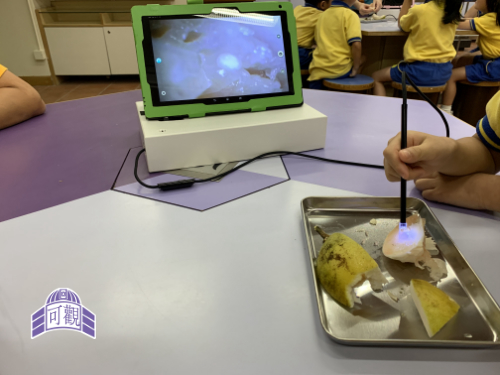
Activity Time and Application Method
Duration: 2 Hours
Quota: Maximum 30 students per session. It is recommended to have no more than 40 students and 7 staff members at a time.
Application Method: Please visit our official website for online application.
Inquiry-Based Courses: Project Study
Course Objectives:
In line with the "Nature and Life" of kindergarten curriculum, HKNEAC provides inquiry-based and comprehensive environmental education courses.
Allowing students to develop their curiosity and creativity in exploring interesting things in their daily lives and natural environment.Improving students' scientific exploration and problem-solving skills.Raising students' awareness of the living environment and their love for nature.Increasing students' knowledge and interest in astronomy, and motivating them to explore the wonderful universe.
Inquiry-Based Courses: Project Study
(I) Theme 1: Little Astronomer
By transforming into Little Astronomers, students not only learn about the solar system but also operate astronomical instruments and use their senses to explore the mysteries of the universe.
~ Exploration of the sun:
~ Use the telescopes and the solar filter to observe the sunspot and the prominence.
~ Explore the universe through the giant telescope:
~ Operate the giant computer astronomical telescope and experience what it feels like to become a future space explorer.
~ Adventure of the space
~ How can we conduct stargazing in the daytime? Come and enter the three-dimensional simulation Astronomical Centre to see the beautiful stars in the daytime.
(II) Theme 2: Ecoscope
Our organic garden contains a colourful world of various creatures, allowing the students to walk around and observe through microscopes to record what they have seen and heard from nature.
~ Eco Tour:
~ Plants come in many different shapes and colours, and insects also have their own habits. Let’s find out their differences together.
~ Discovery of Eco Trail
~ Students may find unexpected rewards when they are walking through the Eco Trail, observe different creatures, and record their living conditions.
~ Explore the Micro World:
~ What does a creature look like after being magnified? Let’s find the answer through a microscope!
(III) Theme 3: Creative Planting
Through a planting experience that emphasizes both knowledge and practice, students learn about the basic knowledge of planting, pest control, and the importance of fertilization. They also need to take care of plants to experience the hard work of farmers.
~ Factors of Planting:
~ What are some of the essential factors that help plants grow? Let’s make use of our five senses to explore!
~ Where is the Insect?
~ Let’s go to the garden and find the whereabouts of the insects to see which insects the farmer hate the most!
~ Seedling:
~ Let’s make a flowerpot out of a plastic bottle before taking it home.
* Every student has to bring their own plastic bottle for the planting activities so that they will receive a seedling free of charge at the end of the activity. *
(IV) Theme 4: Eco Agent
How does a leaf make students learn and think about the relationship between nature and human life? The answer is for them to explore, investigate, discuss, summarize, and reflect upon their discoveries in the natural environment. During the activity, students and teachers will explore different plant species and design some fun games with the use of natural materials.
(V) Theme 5: The Amazing Rocky Tour
Learning about rocks is no longer a difficult thing to do. Through experiment, field trip, and artistic creation, students get to learn about the rocks step by step.
~ The Secret of Rocks:
How much do you know about rocks? Let’s find out the secrets of rocks through experiment and observation.
~ The Rocks and Me:
Rocks can be seen in our daily lives. But where can we find them? What have they transformed into? Students will play the role of a rock agent to find out the rocks’ footprints at HKNEAC.
~ The Artwork of Rock:
Rocks can be built into different patterns and shapes, giving students a space to bring their creativity into full play. Let’s get together and make our own creations out of rocks.
(VI) First Science Exploration (I)
A science activity that balances nature and technology leads students to explore, hypothesize, verify, and solve their problems during the activities, allowing them to gain new knowledge from the science activity and enjoy the fun of it.
~ Fun Vehicle Making Contest
By using natural materials and a vibration motor, students make a movable vehicle to take parts in different types of contests.
(VII) Happy Nature
After finding different materials from nature, students observe their characteristics and forms before carrying out art activities and game creation.
~ Stamps
Find rich colours in nature with students, and use natural pigments and seals to create beautiful pictures.
~ Game creations
Every plant and tree in nature is the material for creating games. Let’s find suitable materials from nature, design interesting and interactive games together, and enjoy the fun of it.
(VIII) First Science Exploration (II) – Little Architect
A story about architecture gives rise to a series of children’s science activities, allowing children to play the role of little architects in the story and build houses and amusement facilities for their new friends (SpongeBob Square Pants).
~ New House for New Friend
Students are required to make use of papers and toilet paper tubes to build a house for SpongeBob.
~ New Amusement Facilities for New Friends
Students are required to make use of simple materials to build some amusement facilities for SpongeBob.
~ Little Rubber Ball’s Challenges
SpongeBob’s friend, Little Rubber Ball, visits him and takes part in a series of challenges. Let’s help Little Rubber Ball get through all challenges.
Target: Students aged 6 or above
Number of Participants: Maximum 40 students per session
Duration: Approximate 2.5 hours per session (9:30am – 12:00nn or 2:00pm – 4:30pm)
Charge: Free of charge (Sponsored by Sik Sik Yuen Education Service Fund).
Remarks: Each school may apply for no more than 6 courses.
Application: All schools in Hong Kong will receive a course registration notification letter in late August each year so that they can apply for the courses of the following year.


